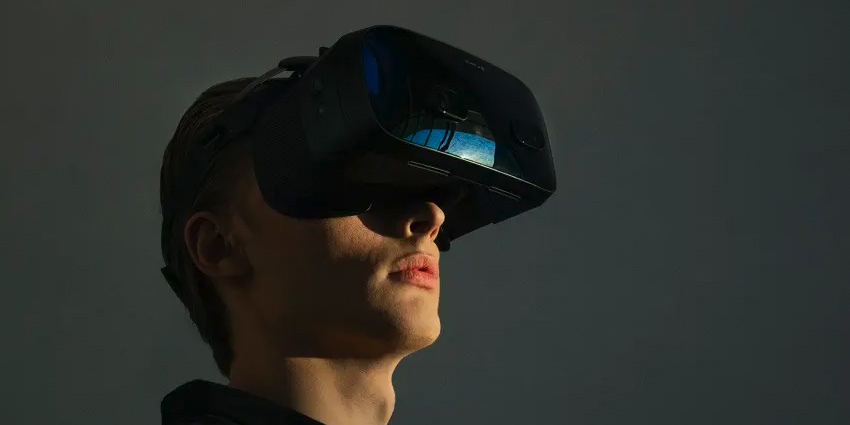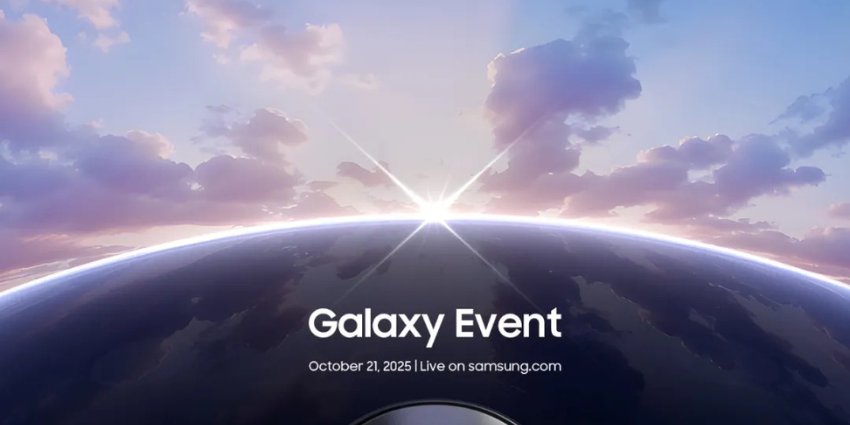This week, following HoloLens’s discount action, Varjo announced the end of general support for third-generation Varjo headsets, including Varjo XR-3, Varjo VR-3, and Varjo Aero. The discontinuation will start in the new year, on January 1, 2026, to allow Varjo to focus on future hardware.
The firm stated:
As of January 1, 2026, general support for third-generation Varjo headsets will come to an end. This change allows us to focus fully on supporting and advancing the latest generation of Varjo devices: the XR-4 Series.
The devices mentioned will continue to function normally for the remainder of 2025. However, starting in 2026, users of the Varjo XR-3, VR-3, and Aero will no longer receive updates for Varjo Base, including functional and security updates.
Furthermore, Varjo has pointed out that it cannot guarantee compatibility with future versions of Windows operating systems, the SteamVR tracking runtime, NVIDIA GPU drivers, game engines, Varjo-ready software, or third-party tracking systems.
Varjo will no longer provide customer and developer support for its range of Gen 3 devices. However, headset owners can purchase a “Varjo Extended Compatibility Package.” This package will ensure compatibility with SteamVR, NVIDIA drivers, and current major versions of Windows and offer critical security patches until January 1, 2028.
Varjo’s 2030 Vision
The news comes following Varjo championing its XR-4 series device for an extended period, as the move provides long-term reliability for one piece of XR hardware. Notably, its Varjo Base Pro product—costing $2,500 per year—is a new software license tier for enterprise XR-4 customers that expands the device’s abilities to keep the headset series up to date with growing expectations.
Varjo Base Pro also contains:
- AI-enhanced integrations
- Dynamic object segmentation
- Enhanced passthrough resolution
- Specialized environment simulation
- At-scale multi-device deployment tools
- Advanced security certifications
- Varjo-brand Chroma Key tools
- Advanced masking
- Custom tracking solutions
- Eye tracking
Varjo provides a free version of its Base product; however, this free application does not include the advanced tools found in the Pro variant, which are designed for high-security deployments. Additionally, to support its 2030 roadmap, Varjo is introducing professional services to help customers deploy professional headsets.
HoloLens Discontinuation
Earlier this year, Microsoft announced the discontinuation of HoloLens 2, with Microsoft Mixed Reality CVP Robin Seiler confirming Microsoft’s stance on HoloLens and its mixed reality ambition by explaining, “transitioning away from hardware development but will continue to provide support for HoloLens2 hardware and software through 2027, as announced in October.”
In an official press statement, Microsoft added:
On behalf of the entire HoloLens team, we thank our dedicated customers, partners, MVPs and developer community for helping to push the boundaries of the world of augmented reality for the past 8+ years.
Microsoft has announced a “last time to buy” period for the remaining units of the HoloLens 2. These devices will be sold on a first-come, first-served basis and will be available exclusively through Microsoft or its authorised resellers. Despite this announcement, the warranty and customer/developer support will remain unchanged.
While this news might imply that the HoloLens 2 is being discontinued, Microsoft plans to continue providing updates to address security and major functionalities until December 31, 2027.
Additionally, Microsoft faced a significant setback earlier this month when it lost the U.S. Military’s IVAS contract, valued at approximately $22 billion. This comes amid various reports about the device’s discontinuation and a clear indication of the eventual end of technical support for the HoloLens.
The HoloLens has been a trusted mixed reality hardware solution for enterprise clients in sectors such as aerospace and healthcare. With the anticipated gap in the market during the first half of 2025, new players will need to step in. The question remains: which company will effectively meet the needs of early enterprise XR adopters?







